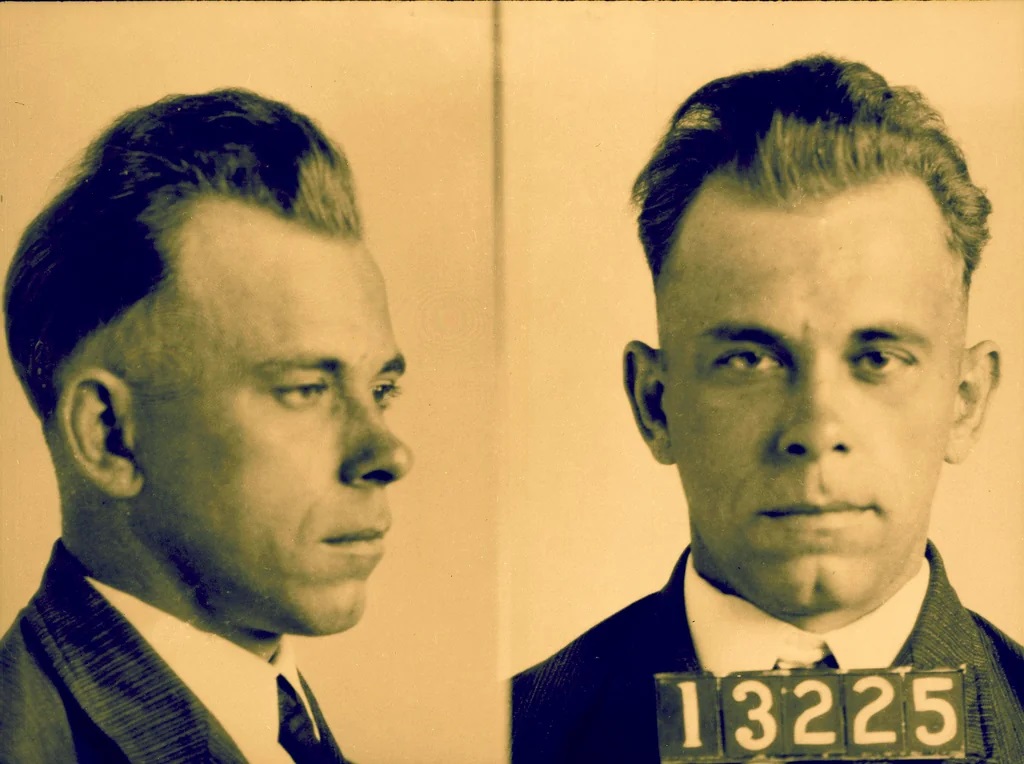"The Dillinger Situation"

While John Dillinger’s legend has endured for decades, many people may not realize that the entire “Dillinger situation” took place over the course of barely more than a single year.
Dillinger was originally sent to the Indiana State Reformatory in 1924 for assaulting and robbing a Mooresville grocer. At this stage, he was a completely unknown person, and his crime received no attention. Due to an error in judgement on he and his father’s part leading him to plead guilty without representation, he received a much harsher sentence than his accomplice, Ed Singleton. Where Singleton was sentenced to 2-14 years and was paroled within 2, Dillinger was sentenced to 10-20 years and was only paroled in 1933 due to a petition submitted by his father, which included over 100 members of his community and the endorsement of the convicting prosecutor.
However, Dillinger was embittered by his sentence, and had largely devoted his incarceration to becoming a better and more ruthless criminal. As soon as he was released on May 10, 1933, he immediately started his criminal career in earnest, robbing his first bank that June. After his first escape from custody in Ohio in October, led by gang members impersonating Indiana State Police, the manhunt was in full swing.
Dillinger would eventually be apprehended in Arizona and returned to the Lake County Jail in Crown Point. It was there that he would make one of his most famous escapes, using either a fake or smuggled gun (accounts vary, and more than one supposed "real" fake gun has been produced) to take hostages and steal weapons and a vehicle from the jail, escaping alongside Herbert Youngblood. Many suspect that one or more officials were paid off to facilitate the escape, but nothing has been proven. The vehicle theft was arguably a mistake, as it was the catalyst for the U.S. Bureau of Investigation (later FBI) to get involved in the case, and their agents would eventually gun Dillinger down in Chicago on July 22nd, 1934. His entire legendary crime spree, covering nearly all his time as a free man since the age of 21, lasted just 438 days.
This image is from the Indiana State Archives Department of Correction Collection, taken on the event of Dillinger's transfer from the Indiana State Reformatory in Pendleton to the Indiana State Prison in Michigan City. The Archives has an extensive collection of records regarding Dillinger from a variety of local, state, and federal agencies. One example is this interview with Earnest Blunk, a deputy and one of Dillinger's hostages for this escape: https://www.in.gov/iara/files/Ernest-Blunk.pdf
This blog post was written by Reference Archivist Keenan Salla.

